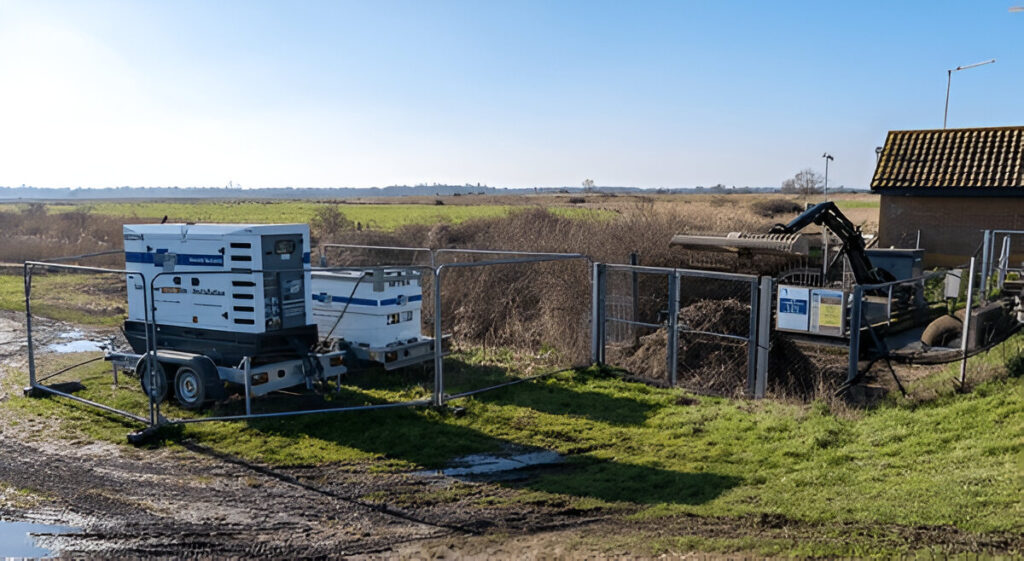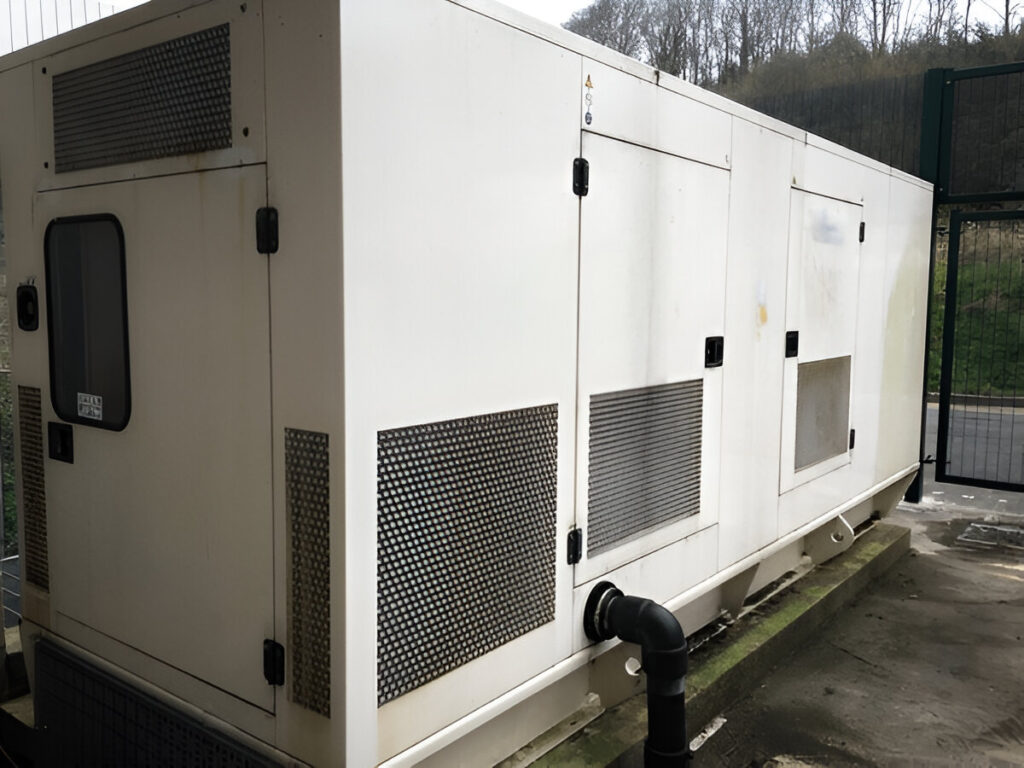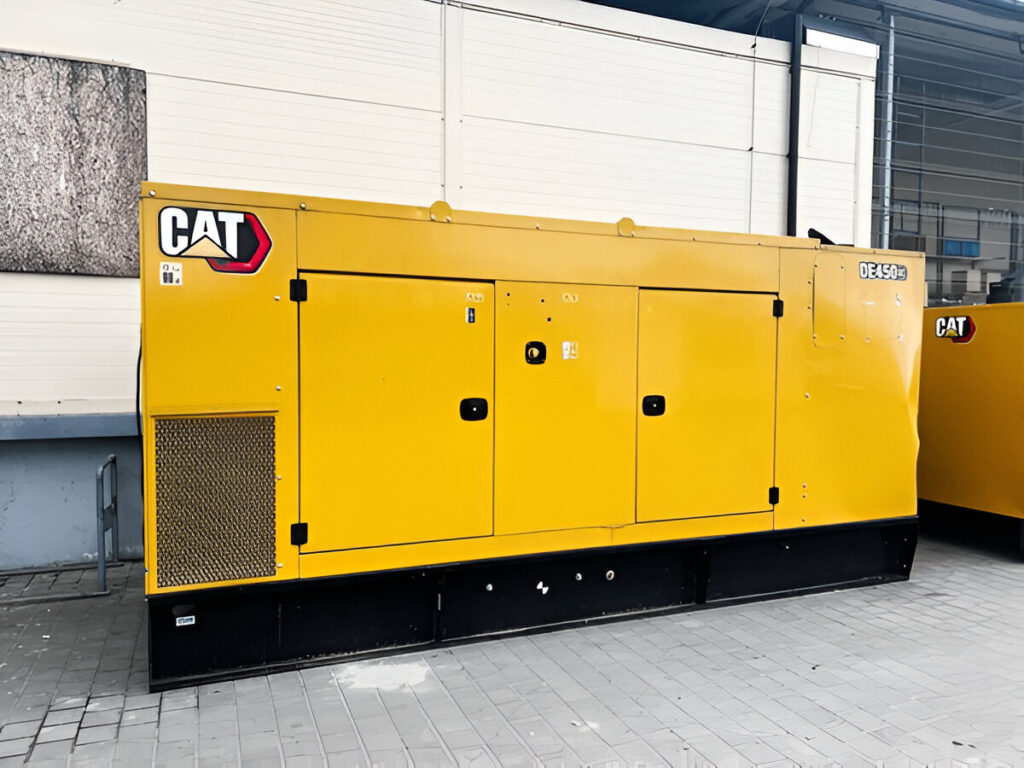Living in Canada means facing the full force of Mother Nature—icy cold winters and sweltering summers. In such extreme climates, Running Diesel Generators becomes more than just a task; it’s a necessity for businesses, farms, and even homes. But harsh weather conditions can put a strain on even the best equipment. So how do you ensure your diesel generator runs smoothly no matter the season? Here’s a human-friendly, easy-to-follow guide that’ll help you keep your power up when the weather turns down (or up).
1. Why Cold Weather is a Big Challenge for Diesel Generators
Winter temperatures in Canada can drop below -30°C in many regions. That’s not just uncomfortable—it’s dangerous for your generator.
- Diesel fuel thickens in freezing temperatures, making it harder to start.
- Engine oil can lose its viscosity, affecting performance.
- Battery capacity drops significantly in the cold.
To fight back, use winter blend diesel fuel and consider installing engine block heaters. These small changes can drastically improve performance in freezing conditions. If you’re using a diesel motor generator, these winter upgrades are practically essential.
2. Dealing With Scorching Heat: Don’t Overheat Your Investment
While most people worry about winter, extreme heat can be just as damaging. Overheating can fry circuits, overwork the coolant system, and lead to sudden breakdowns.
Tips to handle the heat:
- Make sure your generator has enough ventilation.
- Check coolant levels frequently.
- Use high-quality engine oils suitable for summer heat.
When buying a generator for sale or looking at generator sales, choose models tested for high-ambient temperatures, especially if you’re operating in summer-heavy areas like southern British Columbia.
3. Choose the Right Generator Enclosure
Whether it’s snowing or baking hot, the right generator enclosure makes a huge difference. It protects your investment from direct exposure, extends life, and reduces noise levels too.
Steel enclosures with insulation are ideal for freezing winters, while aluminum ones with proper airflow work better in hot areas. The enclosure is not just a box—it’s your generator’s armor.
4. Regular Maintenance is a Must
Running Diesel Generators in Canada’s extremes without regular checkups? That’s a gamble. Extreme weather speeds up wear and tear, so you need to be proactive.
Basic maintenance checklist:
- Inspect air and fuel filters monthly
- Test the battery frequently (especially in winter)
- Run the generator under load at least once a month
- Drain any water from the fuel system
If you’re unsure what model suits your needs or how to maintain it, check out the Caterpillar generator company or look into a Cummins generator in Canada—both are known for durability in Canadian climates.
5. Preheat Before You Start (Especially in Winter)
If you jump-start your generator in freezing temperatures, you risk damaging the engine. Most modern models come with glow plugs or intake heaters. Let these run for a few minutes before ignition.
This small habit ensures longer engine life and better performance. The team behind cat generators strongly recommends this for anyone using generators in below-zero conditions.
6. Don’t Forget Fuel Storage
Your diesel generator is only as good as the fuel you feed it. In extreme cold, diesel can gel and clog filters. Use anti-gel additives and store fuel in weather-protected tanks.
If you’re buying a diesel generator for sale, make sure your supplier gives guidance on winter fuel treatment. It can save you from expensive service calls.
7. Invest in Reliable Brands and Backup Options
When running diesel generators in unpredictable Canadian weather, don’t go cheap. Trusted brands like Caterpillar Generators and Cummins Connect offer weather-ready features and longer warranties.
And always have a backup plan. Whether it’s a backup generator in Canada or standby generator in Canada, redundancy saves the day when the primary system fails.
8. Monitor Remotely When Possible
Want peace of mind during a snowstorm or heatwave? Invest in a generator with remote monitoring. These systems notify you about fuel levels, load, battery health, and errors in real time.
Even a 10kW generator can become smarter with this upgrade. Don’t underestimate the power of automation—especially when human access is limited by snow or extreme heat.
Final Thoughts: Be Weather-Wise and Power-Smart
In Canada, extreme temperatures aren’t the exception—they’re the rule. That’s why Running Diesel Generators the smart way is all about planning ahead. Whether you’re battling snowdrifts in Yukon or heatwaves in Alberta, preparation and the right equipment will keep the lights on.
Make sure to check out these helpful resources:
Power is essential, and when the weather turns extreme, it’s not just about having a generator—it’s about having the right one, running it correctly, and staying ahead of any potential issues. Stay safe, stay powered.





